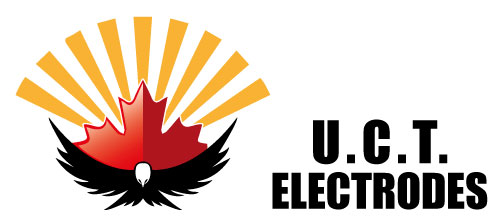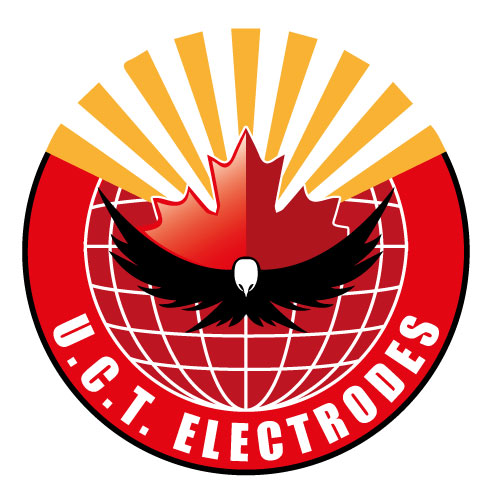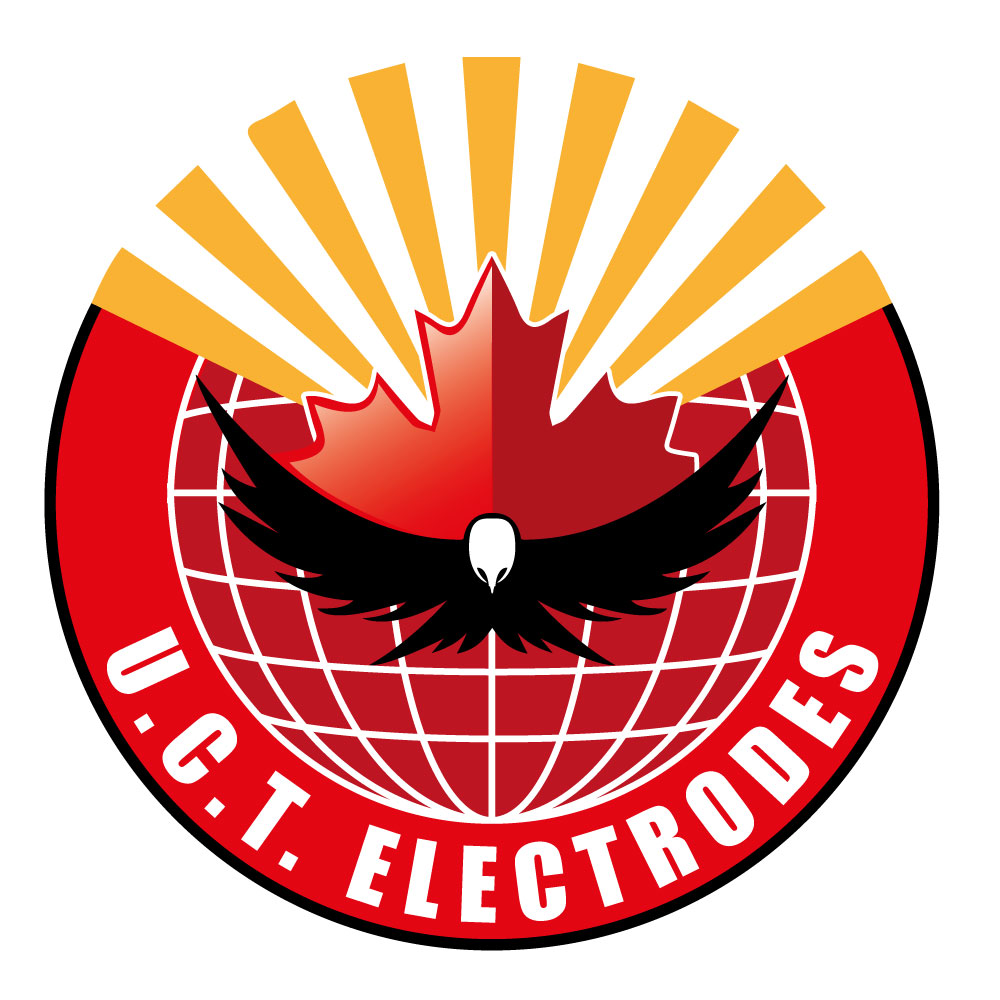UCT ELECTRODES ENGINEERING EQUIPMENTS (U.C.T.EEE) Specialty Products is a leading provider of Graphite electrodes for the steel industry, our goal is to provide the latest industry news.
- Home
- Products
Graphite Electrodes
Carbon Electrodes
Graphite Male – Female Rods
Special Graphite Blocks-ISO Pressure
Special Graphite Blocks-Vibration
Special Graphite Blocks-Mound Pressure
Special Graphite Rods-Vibration and Extrusion
Graphite Anode-Sheet and Rods
Graphite Tubes
Graphite Rotor
Graphite Crucible
Graphite Machining
- Graphite Matrix for Boron Nitride Crucible
- Graphite Mesh (Hold Plate)
- Graphite Sintering Mould for Diamond Tools
- Graphite Seal Ring
- Graphite Joint Part for Gearing for Vacuum…
- Parts for Graphite Gear Box in Vacuum…
- Graphite Heater for Vacuum Electric Furnace
- Graphite Mould for Extracting and Purifying…
- Graphite Spray Nozzle for Diamond Drill…
- Graphite Sintering Plate
- Graphite Diversion Plate for Fuel Cell
- Graphite Crucible for Smelting Gold
- Graphite Funnel for Flowing Smelted Liquid…
Graphite Scraps and Powder
Billet
Bloom
Slab
Graphite CNC Machining
- About Us
- Services
- News
- Contact




